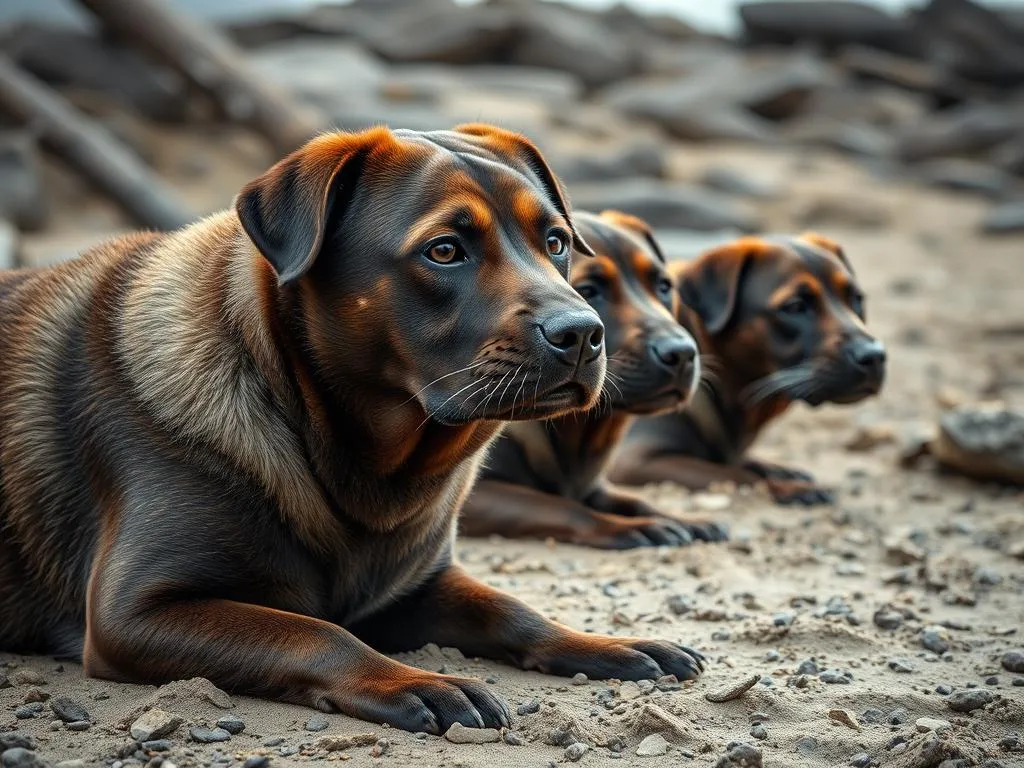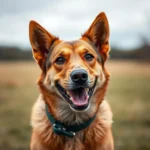
Introduction
Dogs have played an indispensable role in military operations for centuries. Their loyalty, intelligence, and unique abilities have made them essential companions for soldiers in the field. Among the elite forces, Navy SEALs stand out for their specialized training and critical missions, often requiring the assistance of highly trained dogs. These Navy SEAL dogs are not only invaluable team members but also unsung heroes who contribute significantly to the success of military operations.
In this article, we will delve into the fascinating world of Navy SEAL dogs—exploring their history, types, training regimens, operational roles, daily lives, and the legacy they leave behind. By the end, you will have a comprehensive understanding of these remarkable canines and their significance within the Navy SEAL community.
The History of Military Working Dogs
Early Use of Dogs in Warfare
The use of dogs in warfare dates back to ancient civilizations. From the Romans employing large breeds like the Mastiff to intimidate enemies to the Greeks using dogs for hunting and protection, canines have long been part of military strategy. Various types of dogs have been utilized, including:
- Herding dogs: Ensuring the safety of livestock during campaigns.
- War dogs: Trained to attack or defend, often wearing armor.
- Scent hounds: Used for tracking enemies or locating resources.
Evolution of Military Dogs
As warfare evolved, so did the role of dogs. In World War I and II, military dogs became more formally integrated into military operations, with specific training methods developed to enhance their effectiveness. Key milestones include:
- The establishment of the U.S. Army War Dog Program in WWII, which trained dogs for various missions.
- The recognition of dogs as vital assets on the battlefield, leading to more structured training protocols and selection processes.
The Establishment of Navy SEAL Teams
The Navy SEALs were formed in the early 1960s to conduct unconventional warfare and special operations. With their unique skill sets, Navy SEAL dogs were integrated into these elite teams to assist in complex missions. These specially trained canines support a variety of roles, including reconnaissance, tracking, and explosive detection, enhancing the effectiveness of their human counterparts.
Types of Navy SEAL Dogs
Breeds Commonly Used
The Navy SEALs primarily utilize specific breeds known for their intelligence, agility, and trainability. The most commonly used breeds include:
- Belgian Malinois: Highly favored for their agility, intelligence, and strong work ethic. They excel in various operational roles, including detection and apprehension.
- German Shepherds: Known for their protective instincts and versatility, these dogs are often used in various military contexts.
These breeds possess the characteristics necessary for military work, such as strong drive, high energy levels, and adaptability to different environments.
Specialization of Navy SEAL Dogs
Navy SEAL dogs undergo specialized training to perform various critical functions, including:
- Explosive detection: Trained to sniff out explosives and hazardous materials, ensuring the safety of SEAL teams.
- Search-and-rescue: Capable of locating missing persons or downed personnel in challenging terrains.
- Tracking and apprehension: Skilled in pursuing and apprehending targets, providing significant tactical advantages during operations.
- Support in psychological operations: Their presence can intimidate adversaries and bolster the morale of friendly forces.
Training Regimen for Navy SEAL Dogs
Initial Training Phases
The training of Navy SEAL dogs begins with basic obedience training, where dogs learn essential commands and socialization skills. This foundational phase is crucial for developing a bond between the handler and the dog, which is essential for successful operations.
Specialized Training Techniques
Once the basics are mastered, dogs undergo advanced training tailored to their specific roles. This specialized training includes:
- Scent detection: Dogs learn to identify various explosives and substances through scent, a skill vital for mission success.
- Agility training: Enhanced physical fitness prepares dogs for the demanding environments they will face during missions.
- Tactical simulations: Dogs participate in realistic training scenarios to prepare for operational conditions.
Physical fitness and mental stimulation are critical components of a Navy SEAL dog’s training regimen, ensuring they are always at peak performance.
Bonding Between Handler and Dog
The relationship between a Navy SEAL and their dog is built on trust and communication. Handlers play a pivotal role in training, fostering a bond that enhances operational effectiveness. This connection is crucial during high-stress missions, where the dog’s loyalty and responsiveness can make a significant difference.
The Role of Navy SEAL Dogs in Operations
Tactical Deployment
Navy SEAL dogs are integrated into missions in various capacities, often serving alongside their human counterparts. Their keen senses and specialized training allow them to:
- Conduct reconnaissance ahead of SEAL teams.
- Detect threats or explosives before they become a danger.
- Assist in apprehending high-value targets during raids.
Success Stories
There are numerous notable anecdotes of Navy SEAL dogs making profound impacts during operations. One such example is the involvement of a dog named Cairo during the operation to capture Osama bin Laden. Cairo played a crucial role in tracking and securing the area, showcasing the indispensable value of these canine heroes.
Moreover, many Navy SEAL dogs receive awards and recognition for their service. These honors highlight their contributions and elevate awareness about the vital roles they play in military operations.
The Impact on Team Dynamics
The presence of Navy SEAL dogs enhances both morale and teamwork within the SEAL teams. Dogs provide emotional support, helping to alleviate stress and build camaraderie among team members. Their loyalty and companionship can significantly improve the psychological well-being of soldiers, allowing them to focus on their missions.
The Life of a Navy SEAL Dog
Daily Routine and Care
The daily life of a Navy SEAL dog involves a structured routine that includes training, exercise, and care. Handlers ensure that their dogs receive proper nutrition, regular health checks, and ample exercise to keep them in peak condition. Daily activities may include:
- Standard obedience exercises.
- Agility drills.
- Scent detection practice.
This routine not only maintains the dogs’ physical health but also strengthens the bond between the handler and the dog.
Retirement and Adoption
After years of dedicated service, Navy SEAL dogs often retire from active duty. Policies are in place to ensure these dogs are cared for after their service, including options for adoption. Many retired military dogs find loving homes with their former handlers or other military families, allowing them to transition into civilian life comfortably.
Stories of retired Navy SEAL dogs adapting to life outside the military are heartwarming, showcasing the resilience and adaptability of these remarkable canines.
Legacy and Recognition
The contributions of Navy SEAL dogs have not gone unnoticed. Various honors and memorials have been dedicated to military working dogs, recognizing their service and sacrifices. Public awareness campaigns aim to educate people about the importance of Navy SEAL dogs and the need for support for retired military canines.
Organizations dedicated to the welfare of retired military dogs work tirelessly to provide rehabilitation, medical care, and adoption services, ensuring that these heroes receive the respect and care they deserve.
Conclusion
Navy SEAL dogs are vital components of military operations, providing support, safety, and companionship to their human counterparts. Their training, dedication, and unique skills make them invaluable assets in the field. As we reflect on the significant roles these canines play in elite forces, it’s essential to recognize their contributions and advocate for their welfare.
The bond between Navy SEALs and their dogs is a testament to the loyalty and bravery that exists within the military community. By understanding and appreciating the role of Navy SEAL dogs, we can honor their legacy and continue to support these remarkable animals and their handlers.









